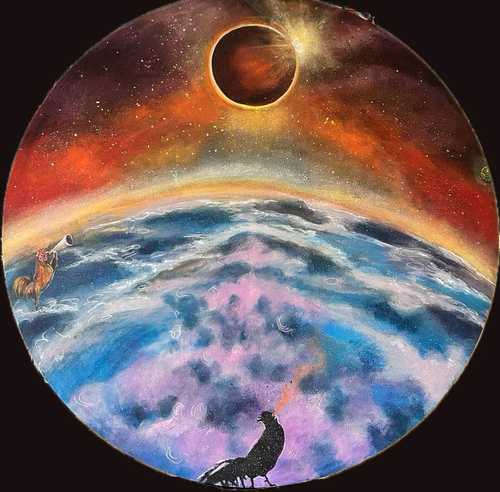Mexico is set to witness a total solar eclipse on April 8th, marking the first such event in the country since 1991. In preparation for this celestial phenomenon, an exhibition titled “Mexico under the Shadow of the Moon” has been launched at the Palacio de la Autonomía in Mexico City. Supported by several scientific institutions, including the Institute of Astronomy of the National Autonomous University of Mexico (UNAM), the National Committee of Eclipses Mexico, and the UNAM Foundation, this unique exhibit showcases 24 pieces created specifically for this occasion.
Curated by Ivonne Kennedy, “Mexico under the Shadow of the Moon” explores the theme of the upcoming solar eclipse through various artistic perspectives. From mythological and ancestral rituals to contemporary and symbolic interpretations, artists utilize both figurative and abstract styles to create their works. The curator emphasizes that while science provides a framework for understanding such events, art allows us to explore these themes on a deeper level and engage with our emotions and imagination.
The exhibition features an equal representation of male and female artists from Oaxaca, reflecting a diverse range of styles, techniques, languages, and colors. This showcase aims to dispel any notion that Oaxacan art is monotonous or limited in its expression. Each artist brings their unique approach to portraying the solar eclipse and highlights their individual universe through their work.
The round format of each work measures one meter in diameter and includes representations of the eclipse itself, mythical rituals associated with it, symbolic imagery related to Mexico’s cultural heritage, as well as various subjects such as astronauts exploring space or animals observing this natural phenomenon. This format creates a striking visual display that draws attention to both science and art simultaneously.
Through “Mexico under the Shadow of the Moon,” viewers are encouraged to engage with


